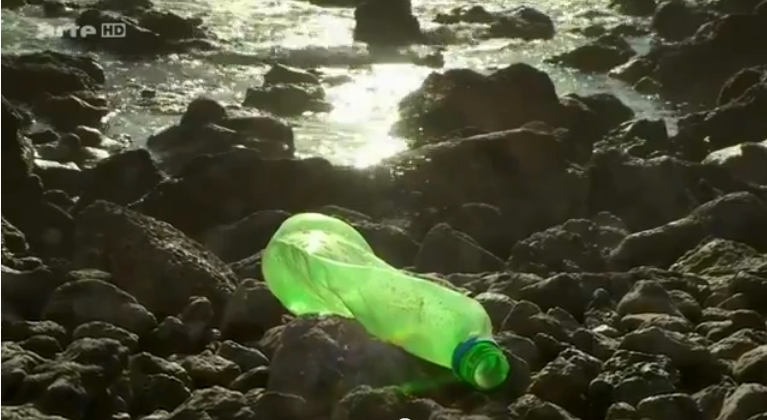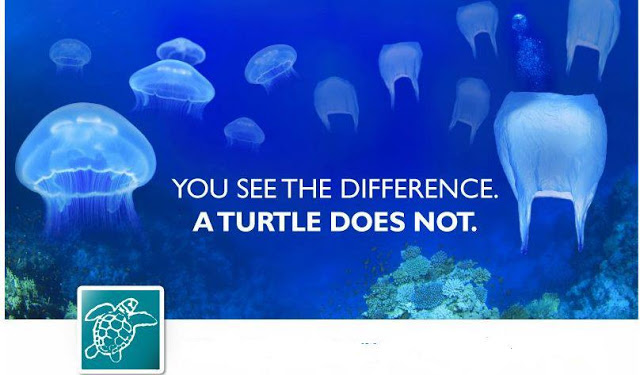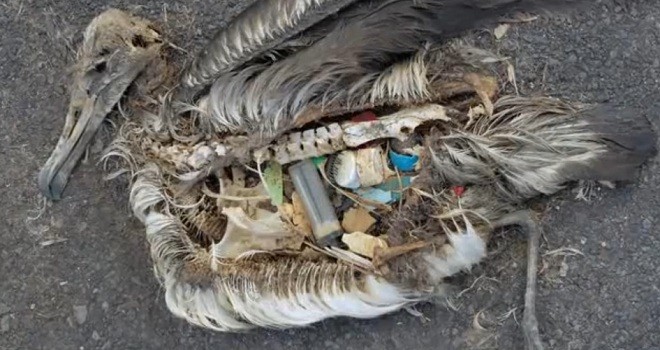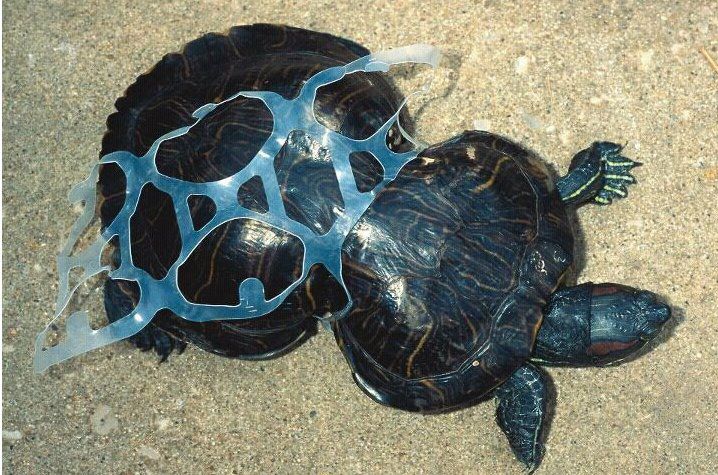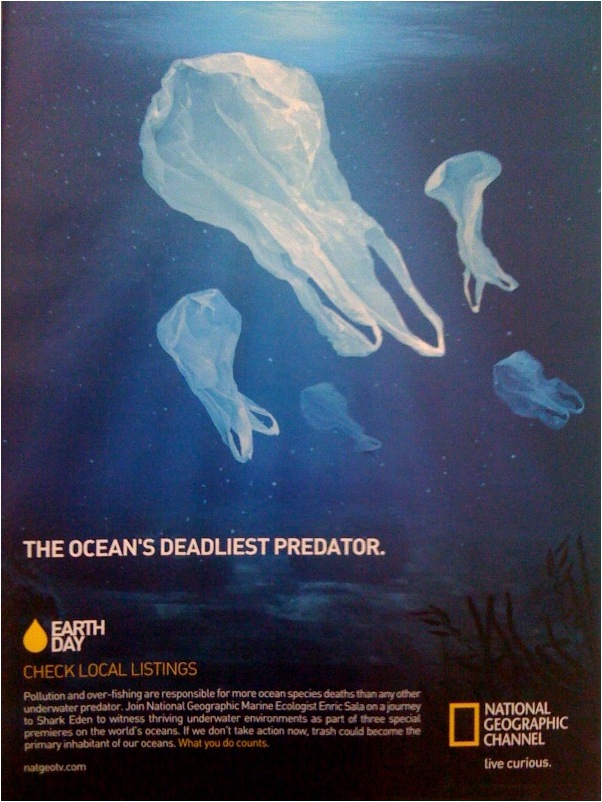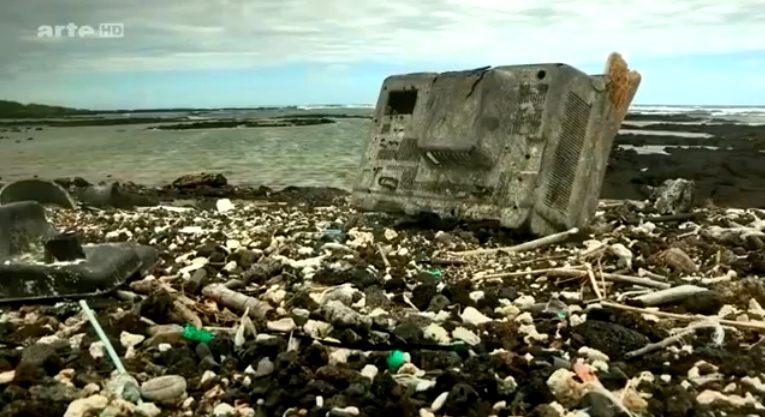Plastic: The threats of oceans and coasline
Take a look around you- most of what we eat, drink, or use in any way comes packaged in petroleum plastic– a material designed to last forever, yet used for products that we then throw away.
Each year, humanity pours six million tons of plastic into the sea. The oceanographer and environmentalist Markus Eriksen crosses the South Pacific, from the coast of Chile to the Easter Island, to detect the islands formed by drifting plastic brought by ocean currents. Two such “islands” of non-biodegradable waste have already been discovered in the North Pacific and North Atlantic, and three remain localized in the southern hemisphere.
The short-term convenience of using and throwing away plastic products carries a very inconvenient long-term truth. These plastic water bottles, cups, utensils, electronics, toys, and gadgets we dispose of daily are rarely recycled in a closed loop. We currently recover only 5% of the plastics we produce. What happens to the rest of it? Roughly 50% is buried in landfills, some is remade into durable goods, and much of it remains “unaccounted for”, lost in the environment where it ultimately washes out to sea.
Plastic lost at sea is an environmental and potential human health hazard. We must demand zero tolerance for plastic pollution. Reducing our consumption and production of plastic waste, and choosing cost-effective alternatives will go a long way towards protecting our seas– and ultimately ourselves.
Raised in Southern Louisiana, Marcus Eriksen developed a fascination with nature. He joined the US Marine Corps, and became a combat veteran of the 1991 Gulf War. This experience led him to study evolutionary psychology, eventually earning a PhD in Science Education after studying how primitive motivations influence aesthetic choices about how we perceive the natural world. Even art and beauty are not free thoughts.
In 2003, Marcus delivered on a promise made in a desert foxhole to another Marine. He said, ‘If we survive this war, lets float down the Mississippi River.” He launched the Bottle Rocket alone in northern Minnesota, floating 2000 miles in 5 months on 232 plastic bottles to the Gulf of Mexico. A never ending trail of plastic pollution was a stark contradiction to the experience of living with raw nature. In 2004, he began studying plastic pollution. Upon meeting Anna Cummins in 2007, they built a raft called JUNK, with a third partner to help construct and sail the raft. They used 15,000 plastic bottles to float a Cessina airplane 2,600 miles from Los Angeles to Hawaii ( junkraft.com). Together, Marcus and Anna began 5 Gyres (5gyres.org) an organization dedicated to science, education and adventure, and sailed 25,000 miles into the 5 subtropical gyres to document the global distribution of plastic pollution.

